USS Murphy DD-603
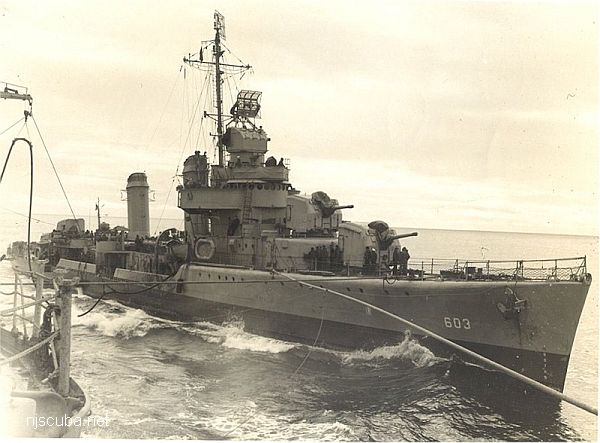
- Type:
- shipwreck, destroyer, Benson class, U.S. Navy ( similar to USS Turner )
- Built:
- 1941, Bethlehem Staten Island, Staten Island NY USA
- Specs:
- ( 348 x 36 ft ) 1620 displacement tons, 266 crew
- Sunk:
- Thursday October 21, 1943
collision with tanker Bulkoil (8071 tons) - 38 casualties - Depth:
- 260 ft
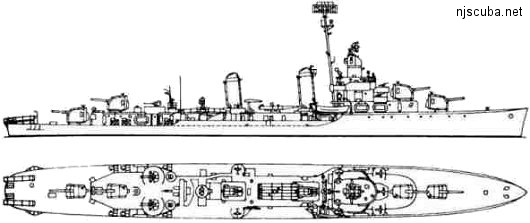
Murphy (DD-603) was laid down 19 May 1941 by Bethlehem Steel Corp., Staten Island, N.Y., launched 29 April 1942, sponsored by Miss M. Elsie Murphy, daughter of Acting Lieutenant Murphy; and commissioned 23 July 1942, Cmdr. Leonard W. Bailey in command.
Following shakedown to Casco Bay, Maine, and escort duty off Halifax, Nova Scotia, Murphy Joined the Center Attack Group, Western Naval Task Force, at Norfolk, sailing in late October for Fedhala, Morocco, to participate in operation "Torch, " the invasion of North Africa. Arriving off the landing beaches 7 November, the destroyer regulated the waves of landing craft hitting the beach the next day, then gave fire support off Point Blondin at which time the ship was hit in the after engine room during a furious exchange of fire with the Sherkhi battery, losing three men killed and 26 wounded. Immediate damage control measures prevented any serious damage and Murphy's crew was able to effect repairs in time to join other fire support ships in silencing the Cape Blondin guns. The plucky warship remained off Fedhala, driving off an enemy air attack 9 November, until sailing for Boston to complete repairs, arriving on the 24th.
The destroyer next escorted convoys between New York and Panama, and Norfolk and Casablanca, until joining the "Dime" attack force screen for the invasion of Gela, Sicily, in July 1943. On 10 July, while engaged in patrolling the beachhead, Murphy was straddled by near misses from a night air attack, puncturing her stern and wounding one man. She was again attacked two nights later, being missed by 100 yards by a German dive bomber, but continued her fire support off Sicily into August. Then, while escorting a group of transports to Palermo, she was once again attacked by dive bombers; but this time she splashed two enemy planes.
Murphy returned to the United States following the end of the Sicily invasion, next escorting United Kingdom-bound convoys. Standing out of New York Harbor 21 October, the destroyer was struck on the port side between the bridge and forward stack by tanker Bulkoil. The forward half of the ship sheared off and slowly sank, taking 38 officers and men with it. The after section was kept afloat and was towed into New York Navy Yard where, following a 7-month repair job and replacement of the entire bow, the veteran warship rejoined the fleet in time for the Normandy invasion. On 5 June 1944, Murphy departed Portland, England, assigned to the assault area off Vierville, France, better known as Omaha Beach. She remained there, giving fire support and conducting screen duty for the transports through mid-June, engaging in a gun duel with enemy shore batteries 8 June, and repelling numerous German E-boat and torpedo attacks.
In July, Murphy steamed south to the Mediterranean operating with TF 88, the aircraft carrier force in operation "Dragoon," the invasion of southern France. She conducted fire support, plane guard, and screening duties during the landings and then departed for New York for overhaul in early September. The destroyer resumed operations in late 1944, joining cruiser Quincy at Norfolk to escort that ship carrying President Franklin D. Roosevelt to the Malta and Great Bitter Lake Egypt conferences. Upon arrival at Great Bitter Lake, Murphy was detached and ordered to Jidda, Arabia, to transport King Ibn Saud of Saudi Arabia and his party to the Conference. Transiting the Suez Canal, she anchored off Jidda 11 February, taking on board the royal party the next day. The destroyer got underway immediately with her valuable cargo settled in a tent on her forecastle and arrived at Great Bitter Lake on the 15th. With her passengers disembarked, the warship then sailed for New York for a minor yard period, joined an antisubmarine "killer" group on duty off New England and Nova Scotia, and then in May escorted one of the last convoys to Oran, Algeria, and back. On 2 June 1945, with war in the Atlantic won, Murphy entered the Boston Navy Yard for refit prior to assignment to the Pacific Fleet.
The veteran warship departed Boston 10 July, steamed via the Panama Canal to the west coast, and then on to Okinawa, arriving 9 September. Being assigned to the 5th Fleet on occupation duty in southern Japanese waters she visited Nagasaki, Yokosuka, Wakayama, and Nagoya until departing Okinawa 21 November for the United States. She steamed via Saipan, Pearl Harbor, San Diego, and the Panama Canal, arriving at Charleston to prepare for inactivation. She decommissioned there on 9 March 1946 and joined the Charleston Group, Atlantic Reserve Fleet where she remains into 1969.
Murphy received four battle stars for World War II service.
-- from Navy historical records
Murphy was sold for scrap on 6 October 1972.
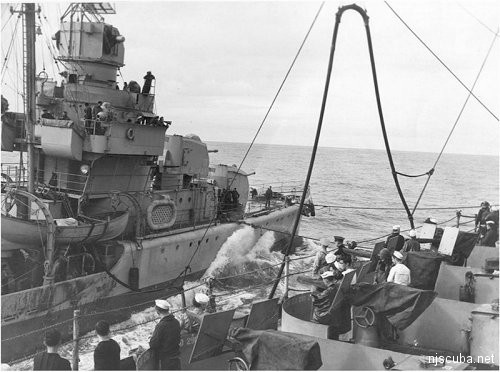
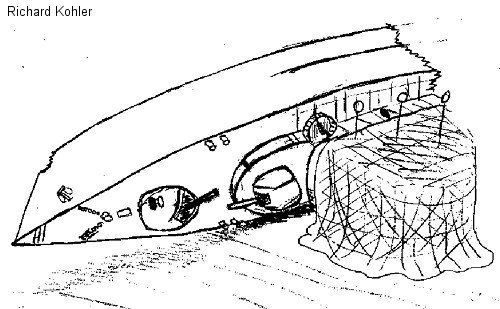
The Murphy did several years of wartime service before being sliced in two just behind the bridge in a collision. The forward part of the destroyer sank, while the aft part was towed back to its birthplace and repaired. The Murphy went on to serve its country again, and remained in the reserve fleet until 1970. Thus it does not appear in any list of wartime casualties, although fully 1/3 of the vessel lies on the sandy bottom, on it's port side rising up almost 40 ft and surprisingly intact.
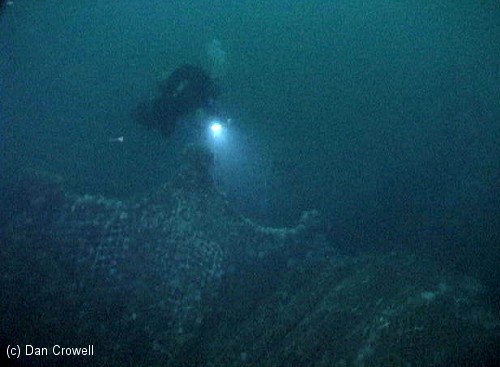
Courtesy of Dan Crowell
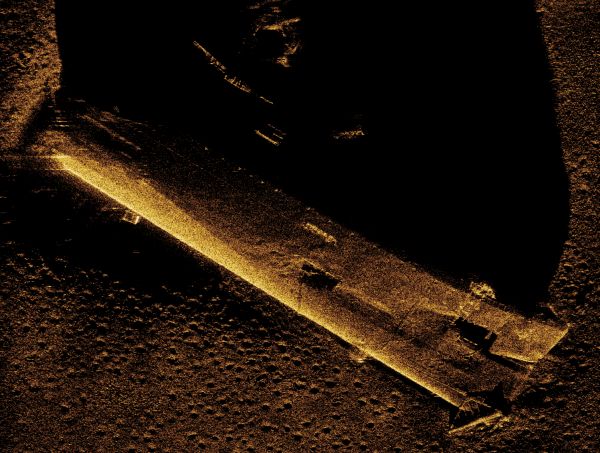
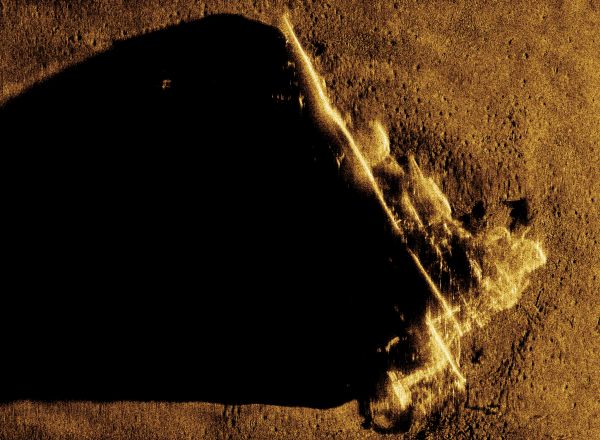

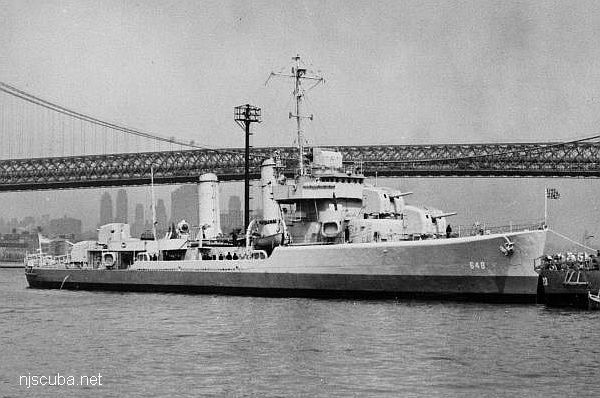
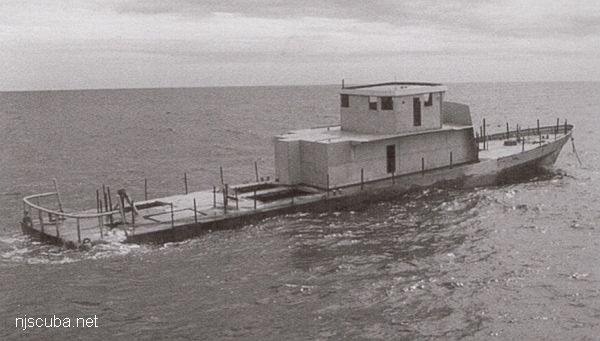
Questions or Inquiries?
Just want to say Hello? Sign the .